Tiramisu, a beloved Italian dessert, has captured hearts worldwide with its rich, creamy layers and indulgent flavors. But if you’re sensitive to caffeine or just curious about what’s in your favorite treat, you might wonder: Does tiramisu have caffeine? Understanding the caffeine content in tiramisu can help you make informed choices about your diet and enjoyment of this classic dessert.
What is Tiramisu?
Tiramisu is an iconic Italian dessert that has charmed dessert lovers with its rich and indulgent layers. This classic treat is renowned for its luxurious combination of flavors and textures, featuring layers of ladyfingers soaked in coffee, interspersed with a creamy filling made from mascarpone cheese, eggs, and sugar.
Ladyfingers, also known as savoiardi, are light, sweet sponge cakes that absorb the coffee, providing both flavor and structure to the dessert. The mascarpone cheese adds a smooth, creamy texture that melds perfectly with the other ingredients. The eggs and sugar are whipped together to create a light, airy custard-like filling that complements the coffee-soaked ladyfingers. Finally, a dusting of cocoa powder on top gives a bittersweet finish that balances the dessert’s richness.
This combination of ingredients creates a flavor profile that’s both indulgent and comforting, making tiramisu a beloved choice for special occasions and everyday indulgence alike. For a deeper dive into tiramisu’s classic ingredients and their roles, check out this detailed explanation on the Healthline article about coffee content.
The Role of Coffee in Tiramisu
Coffee is more than just an ingredient in tiramisu—it’s the cornerstone of its flavor profile. In traditional tiramisu recipes, coffee is used to soak the ladyfingers, infusing them with its rich, bold taste. The coffee not only adds flavor but also helps to soften the ladyfingers, allowing them to meld seamlessly with the creamy mascarpone filling.
Espresso is typically used in traditional tiramisu recipes due to its strong, concentrated flavor and higher caffeine content. This intense coffee experience is what gives tiramisu its distinctive taste. Brewed coffee, on the other hand, offers a milder flavor and is sometimes used in variations to adjust the strength of the coffee flavor.
If you’re interested in understanding how different types of coffee influence the caffeine content in tiramisu, refer to the Mayo Clinic’s guide on caffeine. This resource provides valuable insights into how espresso compares to brewed coffee in terms of caffeine levels and flavor impact.
Caffeine Content in Coffee
The caffeine content in coffee plays a significant role in determining the overall caffeine level in tiramisu. Here’s a closer look at the caffeine content found in different types of coffee:
- Espresso: Typically contains about 63 mg of caffeine per 1-ounce shot. Because tiramisu often uses multiple shots of espresso, the caffeine content can add up quickly.
- Brewed coffee: Generally has about 95 mg of caffeine per 8-ounce cup. While it’s milder than espresso, its larger volume can contribute more caffeine to the dessert if used in significant amounts.
Understanding these amounts helps gauge how much caffeine you’re consuming when enjoying a serving of tiramisu. The precise caffeine content can vary based on the recipe and coffee used, but generally, traditional tiramisu will have a noticeable amount of caffeine. For a detailed overview of caffeine content in coffee, consider visiting the American Heart Association’s page on caffeine, which offers comprehensive information on how caffeine affects health.
Does Tiramisu Have Caffeine?
Caffeine Sensitivity and Health Implications
Caffeine sensitivity varies greatly among individuals. Some people can handle moderate amounts of caffeine without any issues, while others may experience adverse effects even with small quantities. Common symptoms of caffeine sensitivity include:
- Restlessness: Feeling jittery or unable to relax.
- Insomnia: Difficulty falling or staying asleep.
- Increased heart rate: A noticeable increase in heart rate or palpitations.
For individuals with high sensitivity to caffeine, consuming desserts like tiramisu may lead to discomfort or disrupted sleep. If you’re sensitive to caffeine, it’s crucial to monitor and possibly limit your intake to avoid these negative effects.
For more information on how caffeine affects health and what to consider if you’re sensitive to it, visit the Mayo Clinic’s guide on caffeine.
Decaffeinated Alternatives
If you enjoy tiramisu but wish to avoid caffeine, there are several decaffeinated alternatives you can use. Decaffeinated coffee allows you to enjoy the rich flavor of coffee without the stimulating effects of caffeine. Here are some options:
- Decaffeinated coffee: This is made by removing most of the caffeine from the coffee beans, making it a suitable substitute in tiramisu recipes.
- Chicory coffee: Often used as a caffeine-free coffee substitute, chicory coffee has a similar flavor profile to coffee and can be used in place of regular coffee.
- Herbal coffee substitutes: These include various blends made from roasted grains, herbs, and spices, offering a coffee-like experience without the caffeine.
Using these alternatives can help you maintain the traditional flavor of tiramisu while accommodating those who need or prefer to avoid caffeine.
Variations of Tiramisu
Tiramisu is a versatile dessert that can be adapted in numerous ways to cater to different tastes and dietary needs. Some popular variations include:
- Fruit tiramisu: Incorporates fruit purees or fresh fruit in place of coffee for a lighter, fruitier flavor.
- Chocolate tiramisu: Uses cocoa powder or melted chocolate instead of coffee, providing a rich chocolate flavor.
- Nut-flavored tiramisu: Adds nuts like hazelnuts or almonds for an extra layer of flavor and texture.
FAQs About Tiramisu and Caffeine
- Does tiramisu always contain caffeine?
Traditional tiramisu does contain caffeine due to its use of coffee. However, you can find or make versions that use decaffeinated coffee or alternative flavorings. - Can I make tiramisu without caffeine?
Yes, you can make tiramisu without caffeine by using decaffeinated coffee or substituting with other flavorings such as fruit or chocolate. - How can I reduce the caffeine in tiramisu?
To reduce the caffeine content, use decaffeinated coffee or less coffee in the recipe. You can also try using non-caffeinated alternatives like chicory coffee. - Is tiramisu safe for people who are sensitive to caffeine?
For those with severe caffeine sensitivity, traditional tiramisu may not be ideal. Consider opting for caffeine-free or low-caffeine versions to avoid any adverse effects.
Conclusion
In summary, tiramisu traditionally contains caffeine due to its coffee content. However, you can still enjoy this delightful dessert without caffeine by opting for decaffeinated coffee or exploring different tiramisu variations. These options allow you to savor tiramisu’s rich flavors while managing your caffeine intake. Whether you prefer the classic recipe or a new twist, tiramisu remains a versatile and indulgent treat.
For more inspiration, check out these delicious reads: Matcha Tiramisu – A Delicious Fusion of Italian and Japanese Flavors and Why Does Tiramisu Taste So Good? Discover Its Flavor Secrets.



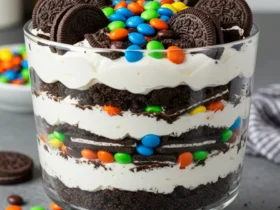
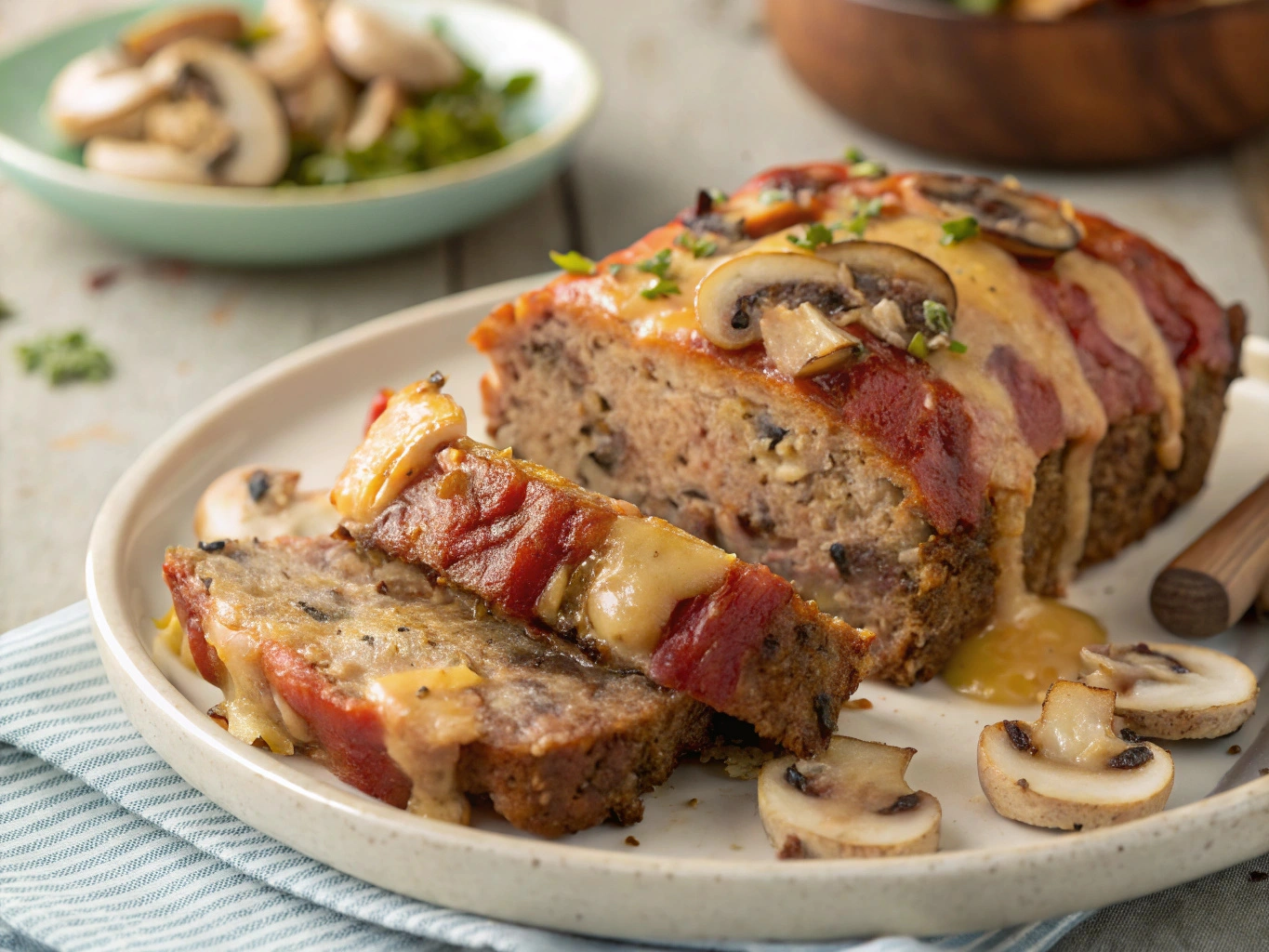
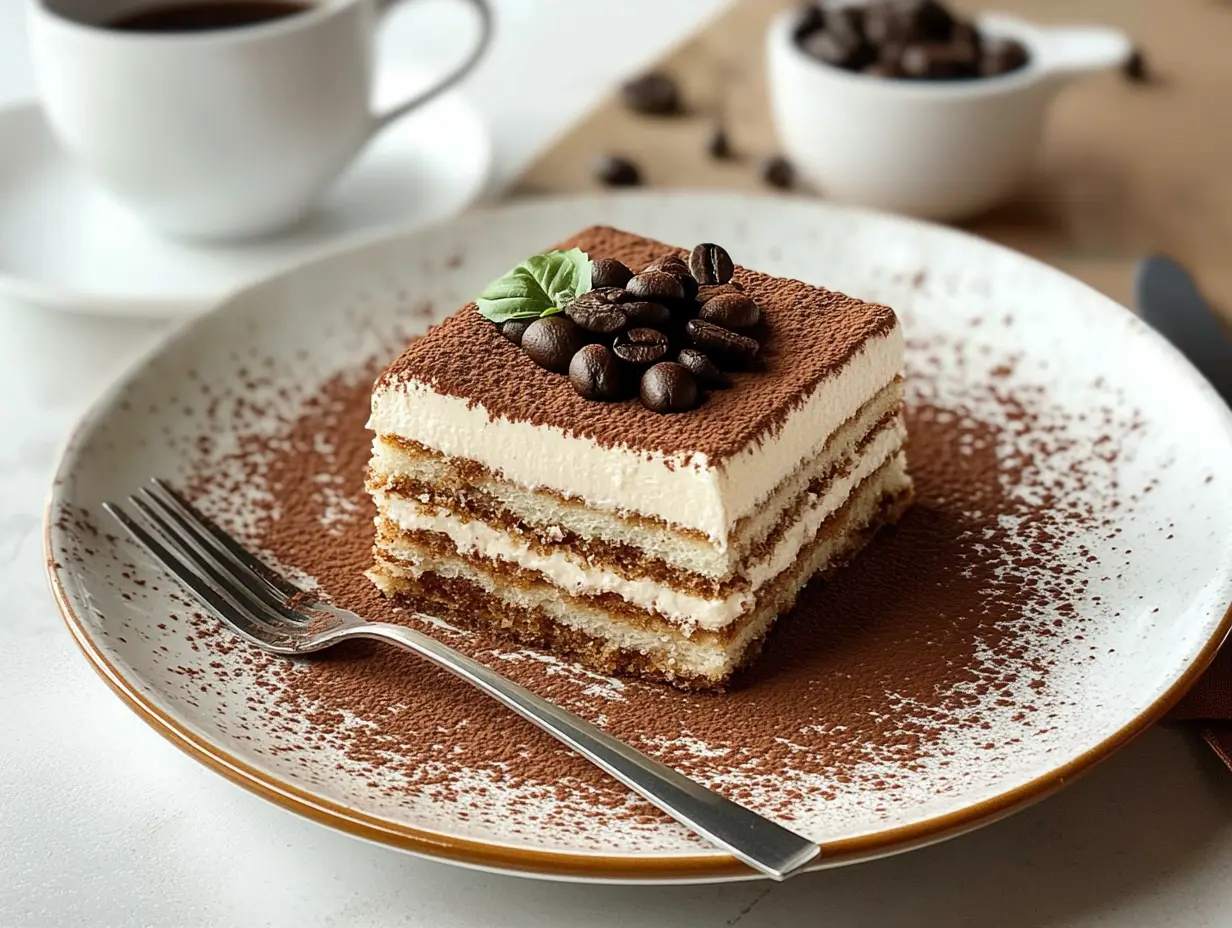
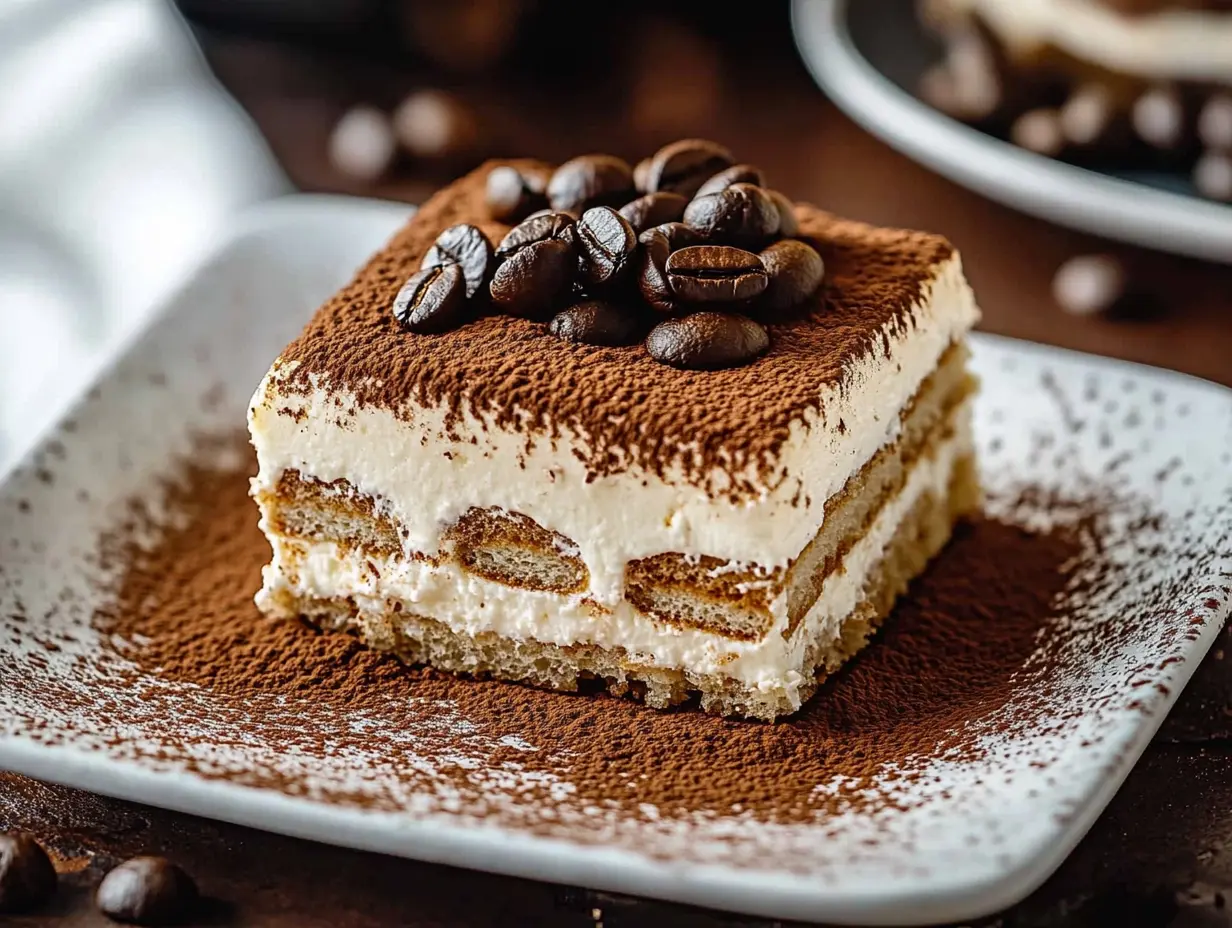


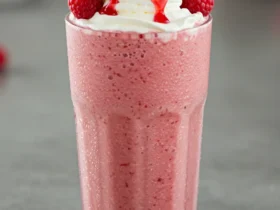


My daughter mentioned I should not order this dessert due to the caffeine. I was surprise so I did this research. Thank you for this information.